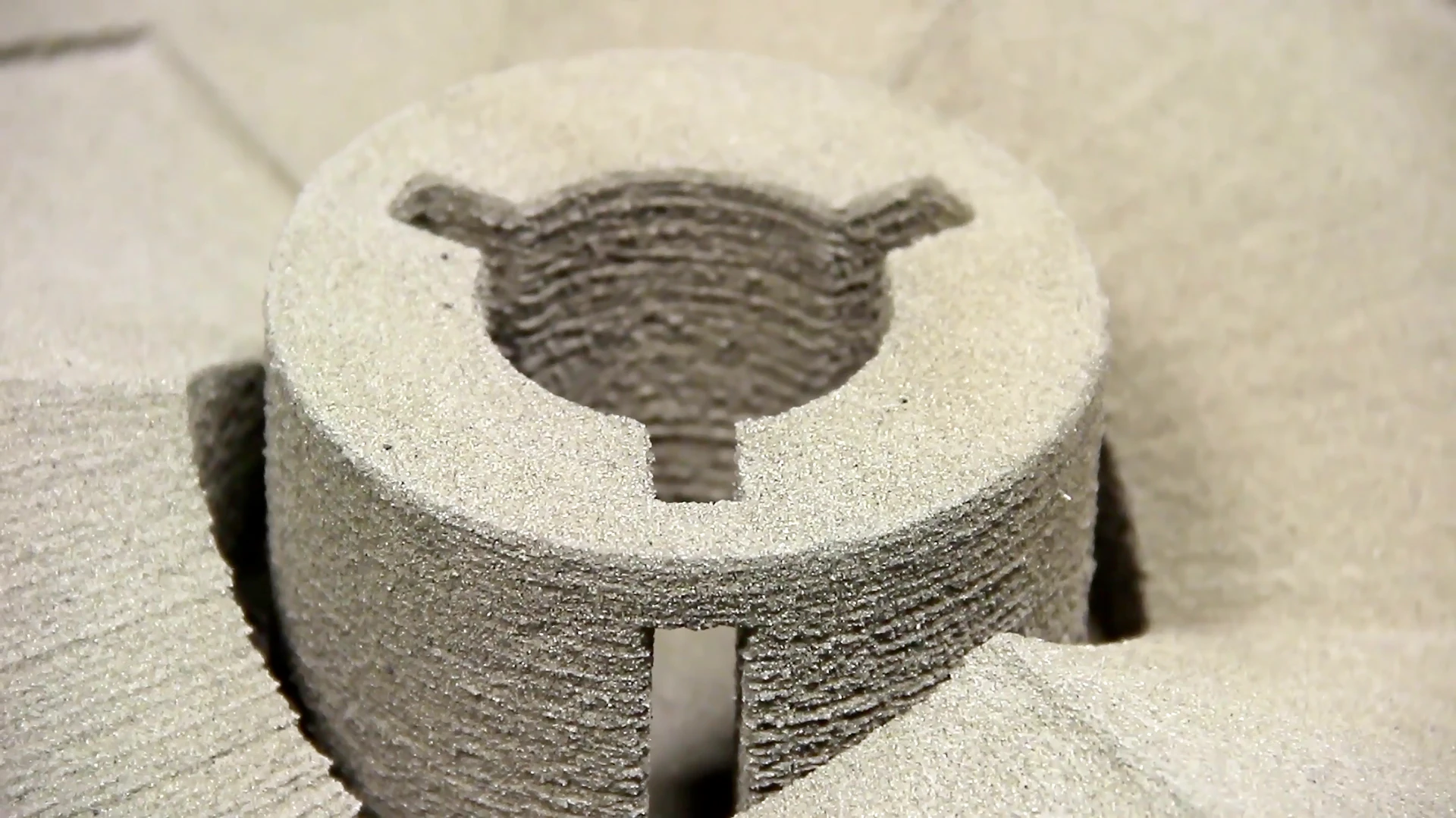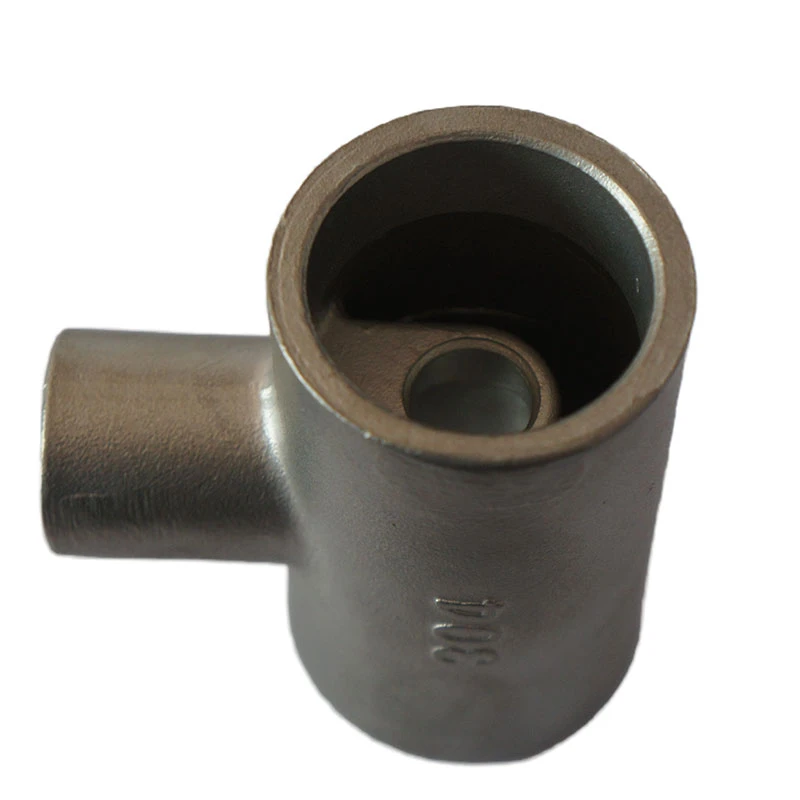Feb . 15, 2025 08:42
Back to list
Oem Die-Cast Aluminium Parts
Welding die-cast aluminum presents unique challenges that require a deep understanding and specialized techniques to ensure success. As a professional in the field of metal fabrication, navigating through these complexities not only demands expertise but also a strategic approach to maintain the integrity of the product. This article aims to provide an advanced insight into the process of welding die-cast aluminum, emphasizing the critical factors involved, expert practices, and proven methods to achieve optimal results.
Expertise in controlling heat input is paramount. Aluminum's high thermal conductivity can dissipate heat rapidly, causing difficulties in maintaining a stable weld pool and risking insufficient penetration. Adjustments in welding parameters, such as reducing welding speed and voltage whilst increasing current, can help address these issues. Furthermore, employing advanced techniques such as pulse welding can significantly improve outcomes by minimizing heat input and providing better control of the weld pool. Pulse welding alternates between a high peak current, which improves penetration, and a low background current, which allows cooling, thus reducing the likelihood of overheating and distortion. Monitoring and maintaining the inert gas shield, commonly using argon or a mixture of argon and helium, ensures that the weld pool is adequately protected from atmospheric contamination. A proper gas flow rate is critical; too low a rate may allow oxidation, while too high can cause turbulence and draw in contaminants. Post-weld treatment is equally important for ensuring the longevity and quality of the weld. Techniques such as peening, annealing, or mechanical finishing can be used to relieve stresses and improve the mechanical properties of the weld zone. In conclusion, while welding die-cast aluminum presents significant challenges, a detailed understanding and application of the correct processes and techniques can yield strong and reliable welds. Mastery of the nuances involved, from preparation to post-weld treatment, underscores the importance of expertise and continuous learning in this field. With advancements in technology and growing knowledge, future innovations are likely to further enhance the efficiency and effectiveness of welding die-cast aluminum, making it a less daunting task for welders worldwide.


Expertise in controlling heat input is paramount. Aluminum's high thermal conductivity can dissipate heat rapidly, causing difficulties in maintaining a stable weld pool and risking insufficient penetration. Adjustments in welding parameters, such as reducing welding speed and voltage whilst increasing current, can help address these issues. Furthermore, employing advanced techniques such as pulse welding can significantly improve outcomes by minimizing heat input and providing better control of the weld pool. Pulse welding alternates between a high peak current, which improves penetration, and a low background current, which allows cooling, thus reducing the likelihood of overheating and distortion. Monitoring and maintaining the inert gas shield, commonly using argon or a mixture of argon and helium, ensures that the weld pool is adequately protected from atmospheric contamination. A proper gas flow rate is critical; too low a rate may allow oxidation, while too high can cause turbulence and draw in contaminants. Post-weld treatment is equally important for ensuring the longevity and quality of the weld. Techniques such as peening, annealing, or mechanical finishing can be used to relieve stresses and improve the mechanical properties of the weld zone. In conclusion, while welding die-cast aluminum presents significant challenges, a detailed understanding and application of the correct processes and techniques can yield strong and reliable welds. Mastery of the nuances involved, from preparation to post-weld treatment, underscores the importance of expertise and continuous learning in this field. With advancements in technology and growing knowledge, future innovations are likely to further enhance the efficiency and effectiveness of welding die-cast aluminum, making it a less daunting task for welders worldwide.
Prev:
Latest news
-
OEM Sand Cast Pump Valve Fittings - Baoding Hairun|Precision Customization&Reliable Fluid ControlNewsAug.06,2025
-
OEM Sand Cast Pump Valve Fittings - Baoding Hairun Machinery And Equipment Trading Co., Ltd.NewsAug.06,2025
-
OEM Sand Cast Pump Valve Fittings - Baoding Hairun Machinery|Precision Fluid Control, CustomizableNewsAug.05,2025
-
OEM Sand Cast Pump Valve Fittings - Baoding Hairun Machinery | Precision Customization, Quality AssuranceNewsAug.05,2025
-
OEM Sand Cast Pump Valve Fittings-Baoding Hairun|Industrial Casting,CustomizationNewsAug.05,2025
-
OEM Sand Cast Pump Valve Fittings - Baoding Hairun Machinery And Equipment Trading Co., Ltd.NewsAug.05,2025
PRODUCTS CATEGORIES















